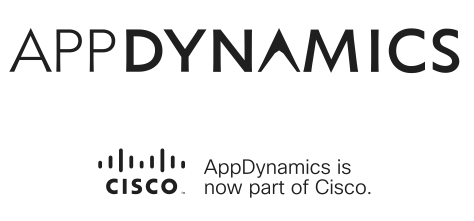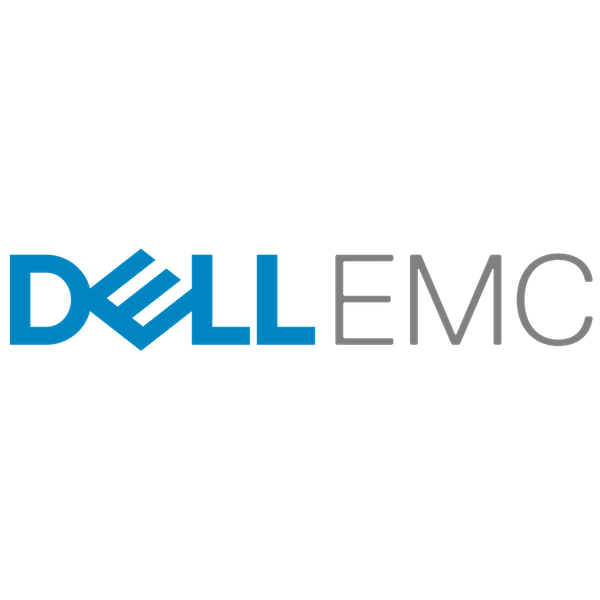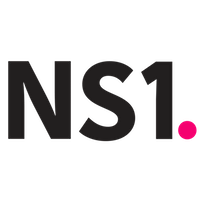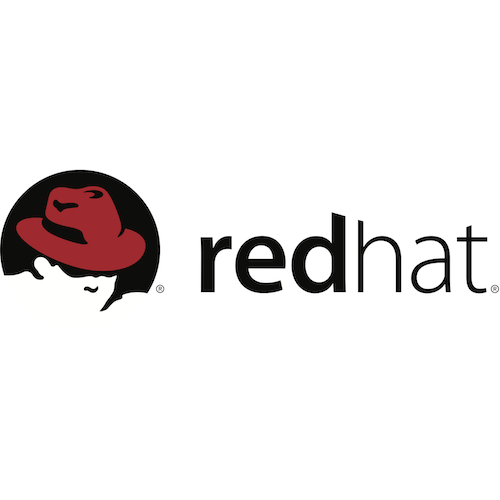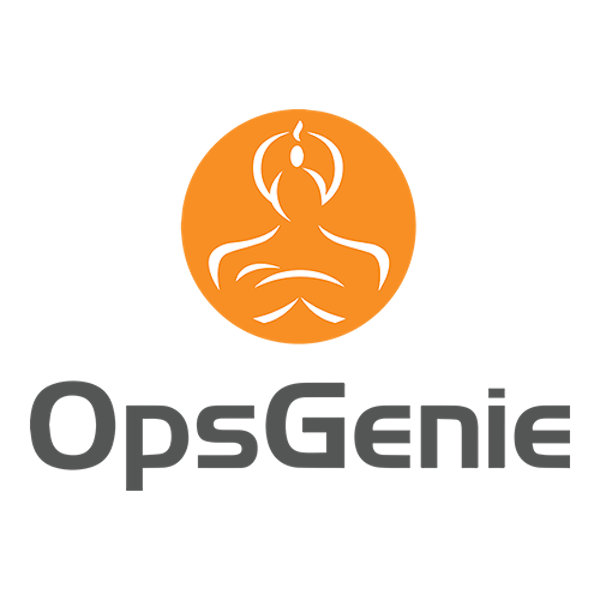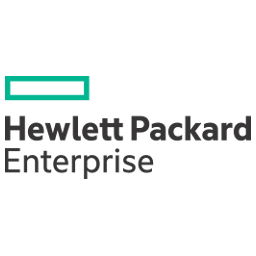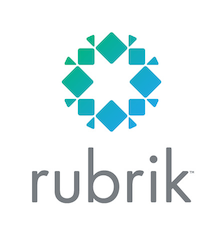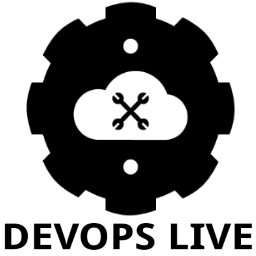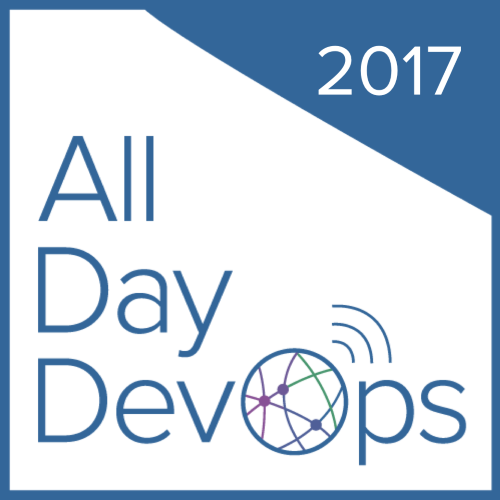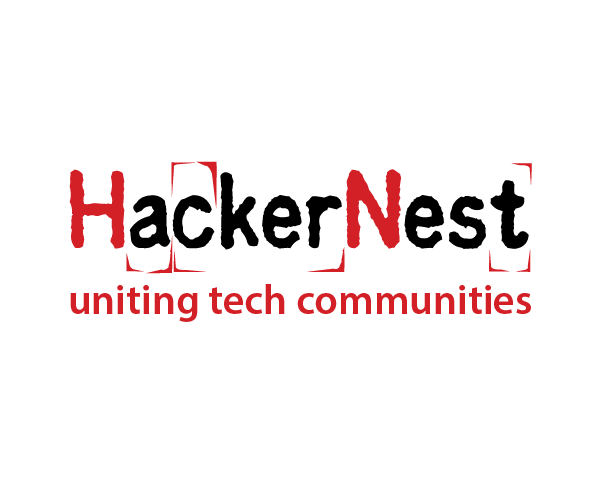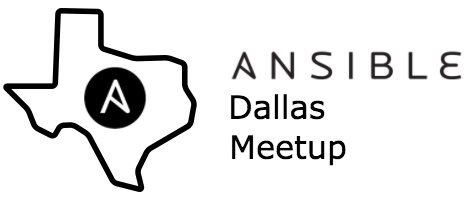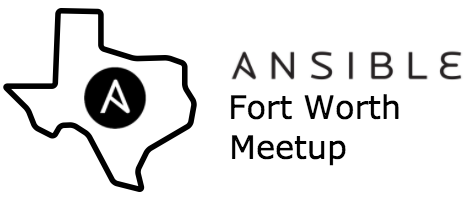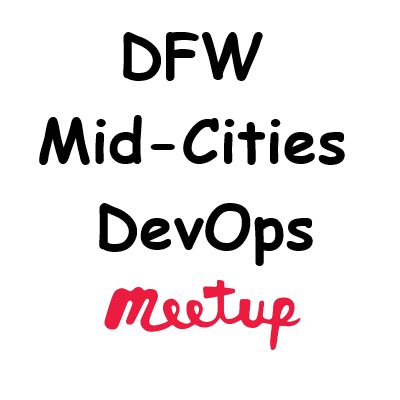Openstack and DevOps / What you don’t want in your infrastructure templates
TALK ABSTRACT
The concept of automation is not new. This has been an ongoing progression of achieving efficiency, repeatability, and scalability. What is exciting that has happened in recent years, is the creation of frameworks that allow you to focus on the content in your automation, instead of focusing on creating an automation process itself. We are no longer each doing our own thing in a vacuum with scripts to glue provisioning together. The DevOps communities have enabled us to have common syntax for components with people that we have not met before, and it increases the reusability of the templates and configurations created.
If we take a step back from applications and infrastructure provisioning frameworks, where all the hot focus is currently, the next hot thing I see coming, from my consulting engagements in recent years, is how to work through the complete divergence of goals and objectives depending on the resources you are managing, to do automation at an end user request level. This is where the next management layer up needs a common framework, that can have business logic combined with reporting, auditing, and handing jobs off to automation silos as they are vetted and approved, results validated, or rescheduled and reported. This allows controlling resources such as user management from the team that should be performing that role, but not stitching it in an infrastructure process.
Doing automation to the end user level requires many different tool sets, that are controlled from different business control points, to all operate together. This is where you have the classic pick the right tool for the job scenario going on, but each of these have their own automation built within its own silo. Now how do you track and manage all that, so that you don’t have conflicting processes managing the same resources from multiple places? I think there are solutions that are in progress of being developed, but it is going to definitely be the next horizon to cross for enterprise cloud automation.
Speaker

David Brown
David has spent the last two years working for Red Hat on Openstack deployments for private cloud solutions, and have run into some amazing problems and integration issues with different software used
...


